Grant Theatre in 1936. City of Toronto Archives, SC 488-1146
Of all the theatres explored in my posts, my fondest memories are of the Grant Theatre, where I attended my first Saturday-afternoon matinee and where I met all the great film stars of my youth. It opened in 1930 as an independent theatre, owned by the Grant family. Located at 524 Oakwood Avenue, it was near the intersection of Vaughan Road and Oakwood Avenue. It was an advantageous site for a theatre as the Oakwood streetcars and the Vaughan buses passed by its doors. In the 1940s, there were shops surrounding it that created a mini-village. The Oakwood Hotel a short distance to the south of it was the other entertainment attraction in the immediate area.
Location of the Grant Theatre at 524 Oakwood Avenue.
When I visited the Grant the 1940s, the theatre was already showing its age. However, as a child, I thought it was the most wonderful movie palace in the entire world—a constant source of pure magic. When I attended my first Saturday-afternoon matinee, the first film shown was a murder mystery that almost scared me to death. I remember gazing at my older brother, who appeared entranced with the plot and not frightened in the least. I sat glued to the seat, tighter than the chewing gum stuck to its underside. Somehow, I managed to survive.
The second feature starred Sonja Henie, the three-time Olympic champion who had become a movie star. I must admit that her graceful antics on the ice bored me. However, in the weeks ahead, I saw enough exciting films to erase the memories of Sonja Henie. I was introduced to pirates, cowboys, detective, assorted villains, comedians and musical/dancing stars.
My favourite comedy teams on the screen at the Grant were Laurel and Hardy, as well as Abbott and Costello. Their antics were enormously funny, much of their humour centring on the predicaments they encountered in daily life. Their style of comedy was familiar to me through the radio programs such as “The Life of Riley,” starring William Bendix, as well as the “Amos and Andy” show. This type of comedy continues today in sit-com TV shows such as Schitts Creek, Corner Gas and Little Mosque on the Prairies. Another series of comedy films I enjoyed when I was a boy was “The Bowery Boys.” Their movies told about the antics of a group of teenage boys who considered themselves wise guys, but their plans to acquire a few dollars always ended in failure. The situations they created were endlessly funny, or so I thought at the time.
Even after we purchased our first black and white television in 1953, the Grant retained its attraction due to the big-screen format and the superior quality of the pictures compared to TV. However, as TV images improved and with the introduction of colour TV, the Grant Theatre finally lost to the in-house entertainment medium.
Another event that helped destroy the appeal of movie theatres was the introduction of “Hockey Night in Canada,” in the 1952-1953 season. Young men began staying home to watch the games, broadcast by the CBC. The first tavern/bar in Canada to broadcast these games was the Horseshoe Tavern on Queen West near Spadina Avenue. Saturday nights “on the town” were no longer the same. Toronto’s entertainment scene was changing and movie houses were the losers.
In 1953, our family moved away from the area where the Grant was located. The theatre closed its doors in 1956. It was demolished except for the walls, and it renovated for other commercial purposes.
Auditorium of the Grant, showing the south wall of the theatre. City of Toronto Archives, Series 1147 It. 144
Auditorium and north wall of the Grant, City of Toronto Archives, Series 1148, It. 145.
The Grant Theatre in the late-1950s, after it closed and was converted into a bowling alley.
The old theatre after the canopy and marquee were removed and it was a banquet hall.
The site of the Grant theatre in 2013.
To view the Home Page for this blog: https://tayloronhistory.com/
To view previous blogs about movie houses of Toronto—historic and modern
Recent publication entitled “Toronto’s Theatres and the Golden Age of the Silver Screen,” by the author of this blog. The publication explores 50 of Toronto’s old theatres and contains over 80 archival photographs of the facades, marquees and interiors of the theatres. It relates anecdotes and stories of the author and others who experienced these grand old movie houses.
To place an order for this book:
Book also available in Chapter/Indigo, the Bell Lightbox Book Store and by phoning University of Toronto Press, Distribution: 416-667-7791
Theatres Included in the Book:
Chapter One – The Early Years—Nickelodeons and the First Theatres in Toronto
Theatorium (Red Mill) Theatre—Toronto’s First Movie Experience and First Permanent Movie Theatre, Auditorium (Avenue, PIckford), Colonial Theatre (the Bay), the Photodrome, Revue Theatre, Picture Palace (Royal George), Big Nickel (National, Rio), Madison Theatre (Midtown, Capri, Eden, Bloor Cinema, Bloor Street Hot Docs), Theatre Without a Name (Pastime, Prince Edward, Fox)
Chapter Two – The Great Movie Palaces – The End of the Nickelodeons
Loew’s Yonge Street (Elgin/Winter Garden), Shea’s Hippodrome, The Allen (Tivoli), Pantages (Imperial, Imperial Six, Ed Mirvish), Loew’s Uptown
Chapter Three – Smaller Theatres in the pre-1920s and 1920s
Oakwood, Broadway, Carlton on Parliament Street, Victory on Yonge Street (Embassy, Astor, Showcase, Federal, New Yorker, Panasonic), Allan’s Danforth (Century, Titania, Music Hall), Parkdale, Alhambra (Baronet, Eve), St. Clair, Standard (Strand, Victory, Golden Harvest), Palace, Bedford (Park), Hudson (Mount Pleasant), Belsize (Crest, Regent), Runnymede
Chapter Four – Theatres During the 1930s, the Great Depression
Grant ,Hollywood, Oriole (Cinema, International Cinema), Eglinton, Casino, Radio City, Paramount, Scarboro, Paradise (Eve’s Paradise), State (Bloordale), Colony, Bellevue (Lux, Elektra, Lido), Kingsway, Pylon (Royal, Golden Princess), Metro
Chapter Five – Theatres in the 1940s – The Second World War and the Post-War Years
University, Odeon Fairlawn, Vaughan, Odeon Danforth, Glendale, Odeon Hyland, Nortown, Willow, Downtown, Odeon Carlton, Donlands, Biltmore, Odeon Humber, Town Cinema
Chapter Six – The 1950s Theatres
Savoy (Coronet), Westwood
Chapter Seven – Cineplex and Multi-screen Complexes
Cineplex Eaton Centre, Cineplex Odeon Varsity, Scotiabank Cineplex, Dundas Square Cineplex, The Bell Lightbox (TIFF)
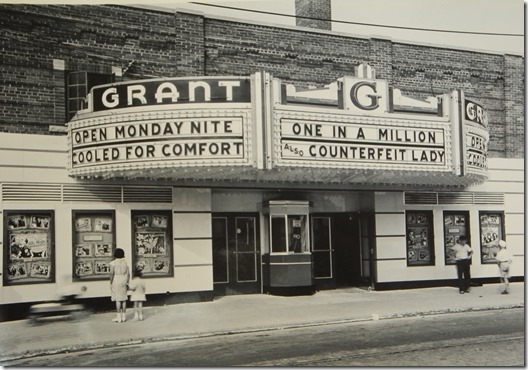
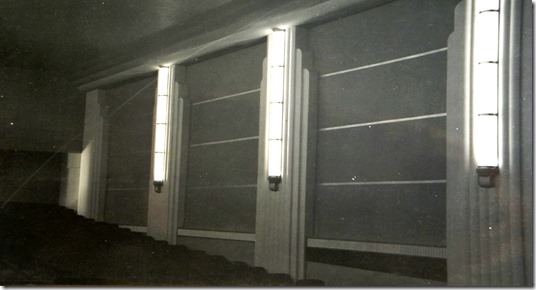
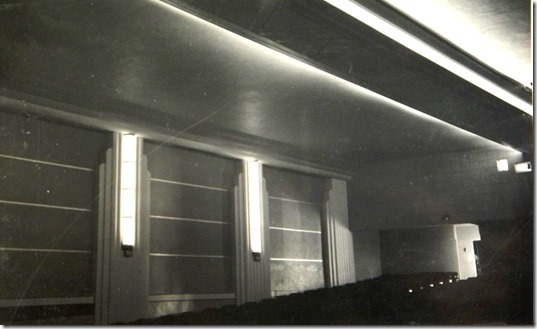
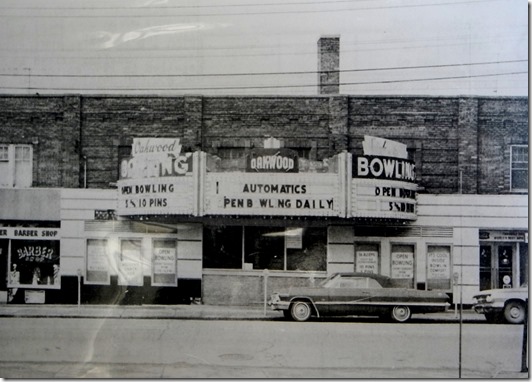
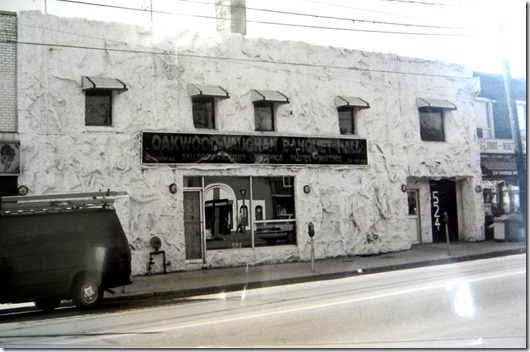
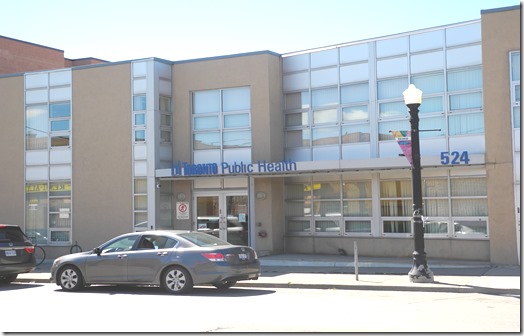
![cid_E474E4F9-11FC-42C9-AAAD-1B66D852[2] cid_E474E4F9-11FC-42C9-AAAD-1B66D852[2]](https://tayloronhistory.com/wp-content/uploads/2015/03/cid_e474e4f9-11fc-42c9-aaad-1b66d8522_thumb4.jpg)
